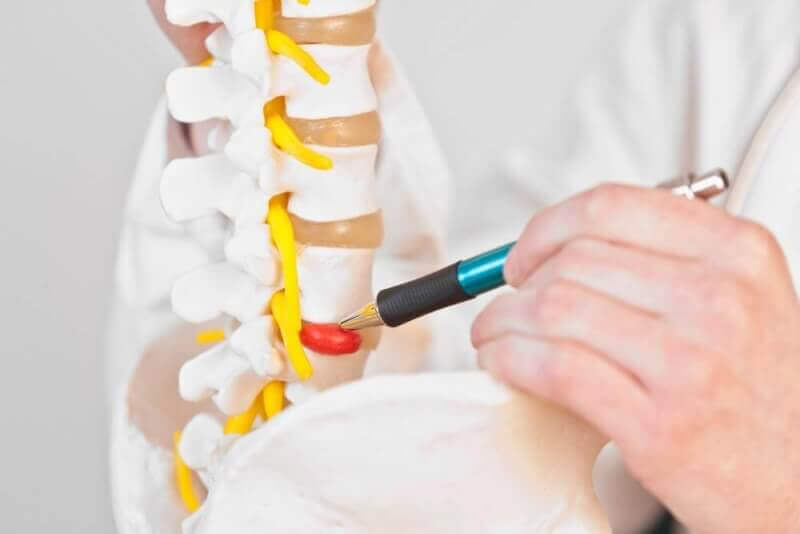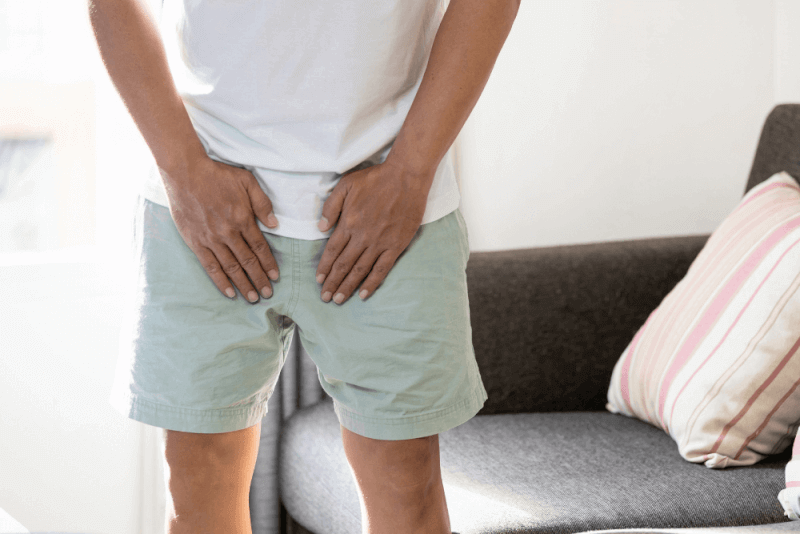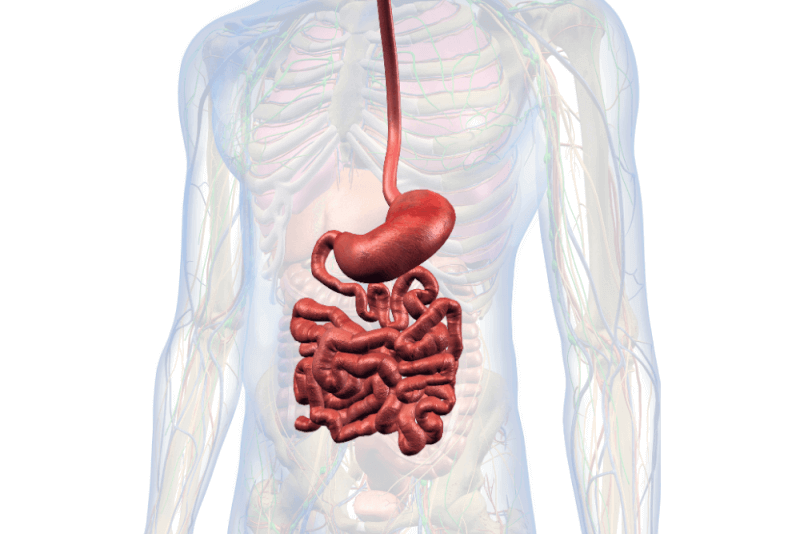What is a Hernia?
A hernia occurs when an organ or fatty tissue is compressed in the connective tissue structure surrounding the organs called fascia. Hernia, which usually occurs where the abdominal wall is weak, can also be seen in the groin area. Hernias can appear gradually as you get older. During different movements of the body, the area where the hernia is located may be prominent like a protrusion under the skin. In some cases, hernias can cause severe symptoms and significantly reduce quality of life.
Hernia Diagnosis
Hernia can usually be diagnosed easily with a simple anamnesis followed by physical examination. Sometimes, however, the protrusion of the hernia is small or may have symptoms similar to those of certain diseases such as endometriosis and kidney stones. In these cases, radiologic tests are used for differential diagnosis. Radiological tests used in the definitive diagnosis of hernia are as follows:
- CT scans: X-rays are used to produce images of tissues and organs in the body. In some cases, a liquid is injected into the body before the scan. This fluid makes the image clearer.
- MRI scans: This method is preferred in patients with symptoms of increased pain during exercise.
- Ultrasound In pregnant women, an ultrasound image is taken because other methods can jeopardize the health of the baby.
Hernia Symptoms
Symptoms may not be evident in all types of hernia. The symptoms of a hernia may also vary depending on the type. Hernia symptoms can also vary in men and women. Symptoms common to hernia patients include the following:
- Visible swelling under the skin in the abdomen or groin
- Feeling bloated in the abdomen
- Swelling that disappears when lying down
- Pain and swelling become more pronounced during coughing, sneezing, straining
- Constipation and bloody stools
- Sudden pain when lifting something heavy
- Tension in the abdomen or groin when bending and straightening
- Feeling weakness in the groin
- Burning and pain in the protrusion in the abdomen or groin
- Burning sensation in the chest, chest pain
- Difficulty swallowing and abdominal tension
- Frequent vomiting
- Pain around the testicles
If the bulge in the hernia becomes compressed when pushed in, serious symptoms such as nausea, vomiting, fever, excruciating pain, red or purple swelling, inability to empty or pass gas can occur. In this case, a doctor should be consulted immediately.
Causes of Hernia
Hernia occurs due to the weakness of the connective tissue in the area where it is located. This connective tissue weakness may be genetic. Impacts and injuries to this area can also cause damage to the connective tissue, leading to a hernia. Hernia formation can also be caused by some environmental factors. These factors are:
- Pregnancy
- Lifting weights
- Persistent severe coughing or sneezing
- Continuous standing
- Frequent bending and straightening
- Obesity
- Cystic fibrosis
- Enlarged prostate
- Peritoneal dialysis
- Smoking, drinking alcohol
- Undescended testicle
Hernia Treatment Methods
Hernia can be treated with surgery depending on the patient's symptoms. However, surgery is not recommended or performed for every patient. The symptoms of a hernia can be controlled to some extent by avoiding activities that will adversely affect the hernia and by doing exercises to strengthen the areas where the hernia is located. Only in patients with severe symptoms and who develop serious complications, surgical treatment is performed.
Hernia Surgery
Hernia surgery is a common operation and the risk level is minimal. The surgery is done by the surgeon strengthening the weakened connective tissue with support networks. During the operation, the protruding hernia tissue is pushed into the abdominal wall and the weak part of the wall is strengthened, reducing the possibility of hernia recurrence. Laparoscopic surgery or robotic surgery can be used in hernia surgery.
Hernia (Hernia) Burst
Hernia rupture is a condition that usually occurs in herniated discs. In a herniated disc, one of the discs between the vertebrae protrudes and presses on the spinal cord. When this process progresses too fast, it is called a hernia rupture. Pressure on the spinal cord damages and compresses the nerves in the spinal cord. This causes excruciating pain in the patient. The patient cannot walk, stand upright or even move in some cases.
Types of Hernia
Hernias are classified according to their location in the body. According to this classification, hernia types are as follows:
- Inguinal hernia
- Femoral hernia
- Umbilical hernia
- Spinal hernia
- Epigastric hernia
- Hiatal hernia
- Incisional hernia
Inguinal Hernia
It is the most common type of hernia. 75% of hernia patients have inguinal hernia. Inguinal hernia, which is usually seen in men, is located around the testicle. The older you get, the more likely it is to occur. It occurs when part of the fatty tissue or intestine gets stuck in the thigh muscles.
Femoral Hernia
It is a type of hernia mostly seen in women. As with an inguinal hernia, it occurs when the intestine or fatty tissue gets stuck in the groin in the thigh muscles. Again, as with inguinal hernias, the likelihood of occurrence increases with age.
Umbilical (Stomach) Hernia
Umbilical hernias are equally common in men and women. They are formed when fatty tissue or intestine gets stuck in the abdominal wall near the belly button. In infants, it can occur if the part of the abdominal wall through which the umbilical cord passes is not completely closed. In adults, it can occur with weight lifting or straining.
Spinal Hernia (Neck, waist etc.)
A spinal hernia, also known as a herniated disc, occurs when the discs between the vertebrae shift and put pressure on the spinal cord. Spinal hernia, which is more common in the lumbar and neck region, can make the patient's life very difficult depending on the degree of hernia. It can involve even basic motor functions. It is a type of hernia that should be treated early with surgical methods. Otherwise it can be dangerous for human health.
Epigastric Hernia
It is a type of hernia that occurs as a result of compression of fat tissue in the weakness in the abdominal wall between the belly button and the rib cage. It is more common in men than in women.
Hiatal Hernia
Hiatus hernia occurs when part of the stomach protrudes upwards through a weak point in the diaphragm. The diaphragm is a thin, flat muscle that marks the boundaries of the abdominal cavity and the chest cavity. Heartburn is a major symptom in people with hiatal hernia. Hiatus hernia can occur as the diaphragm weakens and muscle tone decreases with increasing age.
Incisional Hernia
Incisional hernia, also known as incisional hernia, occurs as a result of weakness due to insufficient fusion of a previously incised point in the abdominal wall. It is a type of hernia that is frequently seen after abdominal surgical procedures.
















